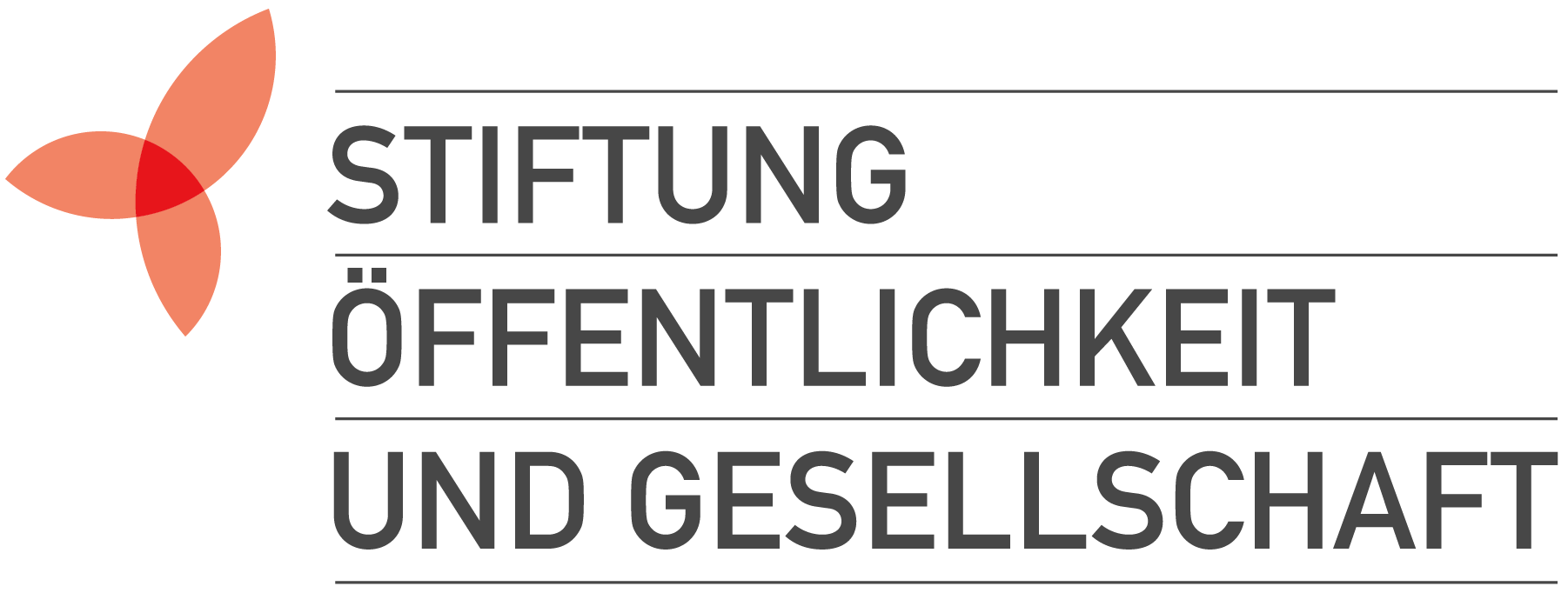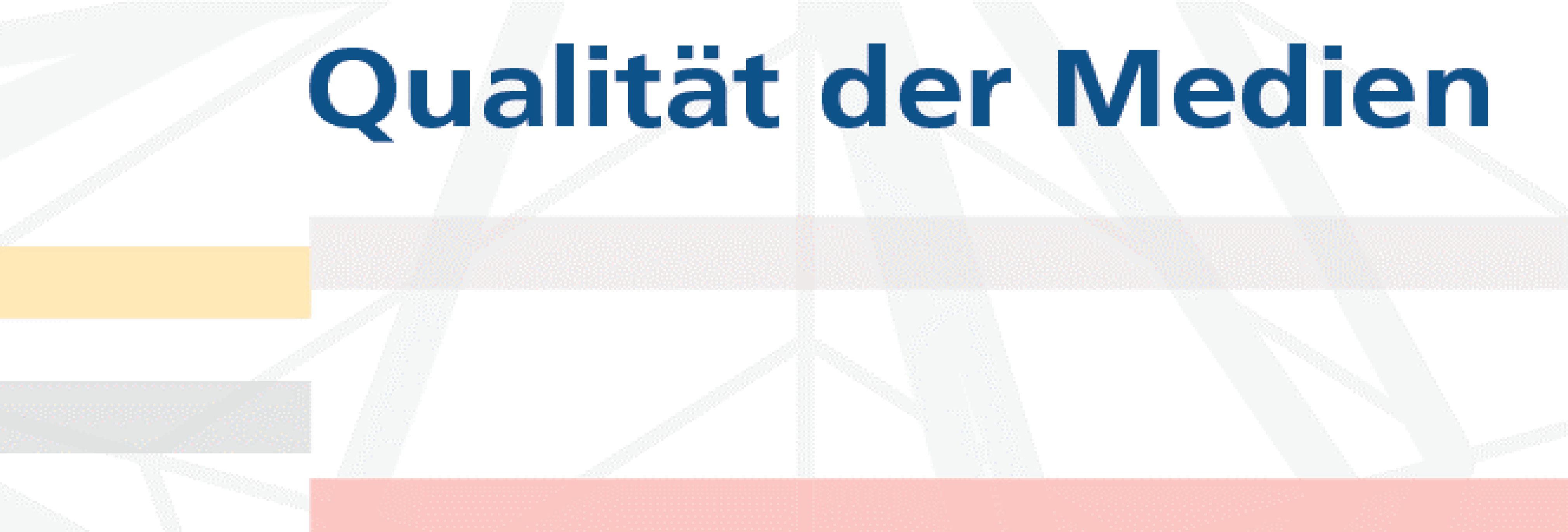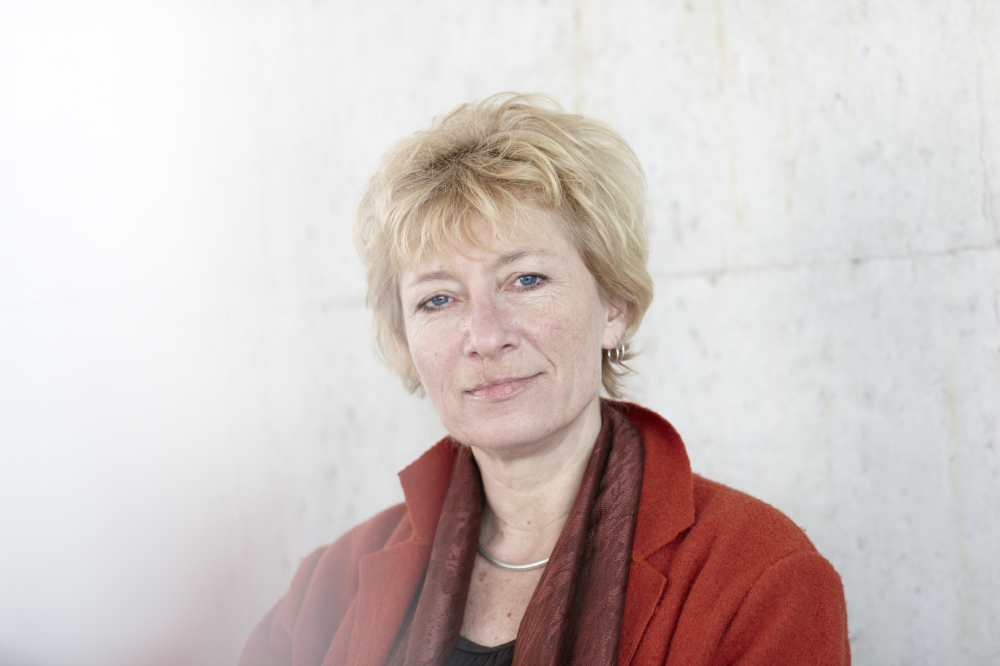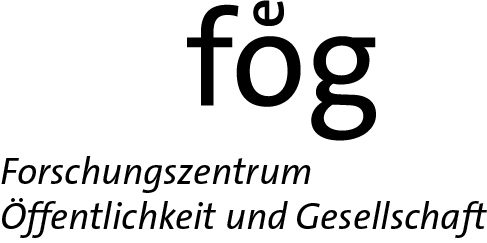Navigation auf uzh.ch
Navigation auf uzh.ch
The fög 1997–2023: Here, you can find out how it all began and how the fög became what it is today.
The fög emerged from a series of larger research projects in the first half of the 1990s. The aim was to analyse social change with a systematic view of public communication. In these projects, a network of young researchers from the disciplines of sociology, history, journalism, political science, economics and computer science was formed. They developed and adopted the original goals of the fög at a retreat at the end of 1996 (‘fög 2000’).
The founding members include Kurt Imhof, Esther Kamber, Patrik Ettinger, Andreas Ernst and Mark Eisenegger. The model for the fög was the then-department ‘Public Sphere and Social Movements’ at the Wissenschaftszentrum Berlin (WZB). Together with partner institutions, the fög (then the ‘Research Department for Sociology and History of the Public Sphere’) established the biennial international Lucerne Media Symposium. With scientists from various disciplines, it investigated, for example, public communication during the Second World War (within the framework of the ‘Bergier Commission’) and new event staging in the public sphere.
In the early 21st century, the fög moved closer to communication science. With Kurt Imhof’s new double professorship, the chair, and thus also the research center, became affiliated not only with the Department of Sociology, but additionally with the Department of Communication and Media Research (today IKMZ). An important research topic became media scandals, among other things, resulting from social change or scandalisations, which altered the reputation of the topics of economy and politics.

The fög grew and soon moved into new offices at its current location in Zurich-Seebach, near the Oerlikon train station. Here, international projects on the study of the European public sphere or extremism in public communication, as well as approaches to reputation theory in the media society, were developed.

In 2004, the fög entered into strategic cooperation with commsLAB, a company specializing in reputation research and consulting. The two organizations have significantly advanced reputation research in theory and methodological implementation and have realized numerous projects for companies, associations and non-profit organizations. Currently, projects on the reputation of universities are at the core of their cooperative efforts.
Together with other institutes and chairs from Switzerland and abroad, the fög became part of the national priority programme NCCR Challenges to Democracy of the National Science Foundation and focused its interest more and more on the "new structural change of the public sphere" and the quality of the media.
This non-profit foundation was established with the aim of raising funds for the fög’s scientific analyses on the transformation of public communication and on questions of media quality. The foundation was renamed the Kurt Imhof Foundation for Media Quality after the death of Kurt Imhof in 2015 in memory of the founder.

The aim of the yearbook is to strengthen quality awareness of the media on the part of both the audience and journalists, publishing management and publishers. To fulfil this purpose, the yearbook is intended to serve all those interested in the development of the media, media content, the interactions between the media and politics and those between the media and business.
This is how Kurt Imhof put it in his foreword in the first edition of the Yearbook. Particularly in its first years, the Yearbook triggered strong reactions and critical debates on the quality of the media.

The first edition has over 370 pages, analyses the media genres of newspapers, radio, TV and online and includes media titles from the three major language regions of study. Over time, the Yearbook has been revised several times and expanded to include the genre of social media. The study of trends and current developments in the media sector, such as young adults’ media use or the influence of disinformation, has taken on greater significance.
To the project website
The organizational affiliation among the center, the chair and the two institutes of the UZH (IPMZ and SUZ) turned out to be too complex. The organization of the fög was evaluated, and a spin-off from the chair was decided. On 1.1.2013, the fög became an associated institute of the University of Zurich in the form of an independent foundation fög - Research Institute Public and Society.
On 29 May 2014, Esther Kamber, a founding member of the fög, passed away. In 2010, the sociologist was one of the initiators of the Yearbook Quality of the Media, which is still published and continues to shape the debate on media quality in Switzerland today.

About a year later, on 1 March 2015, another founding member, Kurt Imhof, a media sociologist and long-time director of fög, died. The ‘Intimization of the Public’, which Imhof wanted to investigate with a newly funded project, became the central theme of the 2016 media symposium. The fög and the chair are led by long-time collaborators.
Since 2016, the fög has participated as a Swiss country partner in the ‘Reuters Institute Digital News Report’, which annually shows trends and patterns in media use in more than 40 countries. Through international comparison, it has become clear, for example, that media trust in Switzerland is relatively high. The willingness to pay for online news in this country is 17% (2021), higher than in neighbouring countries but lower than in Scandinavia.
Mark Eisenegger succeeded Kurt Imhof. He was appointed from the University of Salzburg to the University of Zurich, where he became a full professor and head of the fög and the Public Sphere and Society department of the IKMZ.
.2022-02-03-18-23-17.jpg)
The fög began a large, country-comparative project on media quality with colleagues from Germany and Austria and has been conducting more and more research on digital publics, for example through the ‘Twitter Listener’ project, which analyses the Swiss Twittersphere. Media use is also becoming a bigger topic, on which fög is conducting research with its own surveys and data from its research partner, the Reuters Institute for the Study of Journalism at Oxford University.
To ensure sustainable funding, the fög was reintegrated into the University of Zurich as of the beginning of 2020, after a decision of the University Executive Board. The fög has become an organizational unit of the University of Zurich, in other words, a research center of the Faculty of Arts.
The center specializes in questions related to the digital structural changes of the public sphere and the consequences for democratic society as well as economic and political organizations. The change in media quality remains a research focus, as do questions about the logic of reputation formation in digital societies.
